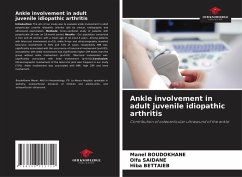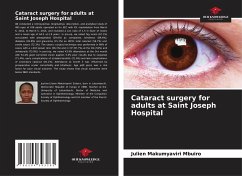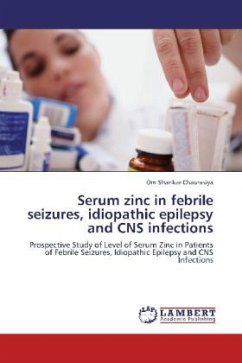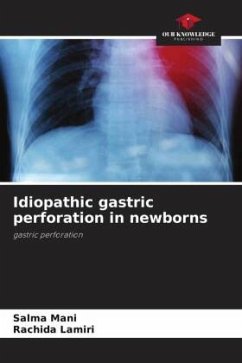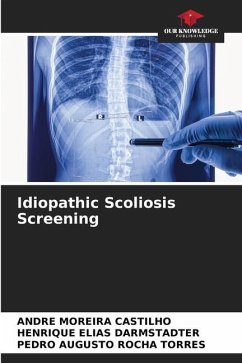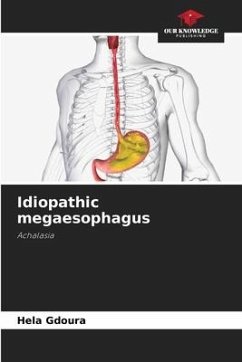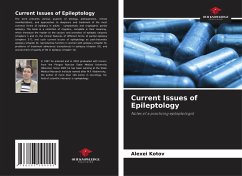
Idiopathic generalized epilepsy in adults
Versandkostenfrei!
Versandfertig in 6-10 Tagen
29,99 €
inkl. MwSt.

PAYBACK Punkte
15 °P sammeln!
Idiopathic epilepsy (IE) accounts for 20% of all epilepsies, but less than 1% of research into this disease. This imbalance reflects a lack of awareness of the diagnostic difficulties, especially in cases of late onset or atypical signs.We conducted a retrospective study including adults followed for AR. We identified the distinctive clinical and paraclinical criteria of the different syndromes in adults.EI-CGTC was the most frequent epileptic syndrome (78.7%), followed by EMJ (17.32%). Family history of epilepsy and clinical photosensitivity were more frequent in EMJ (p=0.01).Electroencephalo...
Idiopathic epilepsy (IE) accounts for 20% of all epilepsies, but less than 1% of research into this disease. This imbalance reflects a lack of awareness of the diagnostic difficulties, especially in cases of late onset or atypical signs.We conducted a retrospective study including adults followed for AR. We identified the distinctive clinical and paraclinical criteria of the different syndromes in adults.EI-CGTC was the most frequent epileptic syndrome (78.7%), followed by EMJ (17.32%). Family history of epilepsy and clinical photosensitivity were more frequent in EMJ (p=0.01).Electroencephalographically, generalized intercritical abnormalities, photo-paroxysmal response and HPN-triggered electrical abnormalities were predominantly recorded during EMJ (p = 0.000, p < 0.05 and 0.001 respectively). Focal abnormalities were recorded during these 2 syndromes. Knowledge of the characteristics of AR syndromes could improve patient management and better guide subsequent epidemiological and genetic studies.





